A perforated steel dustbin is a type of trash container made from steel material that features small holes (perforations) throughout its surface. These perforations are typically created by punching or drilling small, evenly spaced holes, and the design serves several purposes. Here's a detailed description:
Material
- Steel: The dustbin is made from high-quality steel, which ensures durability and strength. It can withstand exposure to various weather conditions, making it suitable for both indoor and outdoor use.
- Finish: It often comes with a coated or painted surface to prevent rust and corrosion. Powder coating or galvanization is commonly used to protect the steel from moisture and wear over time.
Design Features
- Perforations: The small holes or perforations are distributed across the body of the dustbin. These holes serve multiple purposes:
- Ventilation: The holes allow air circulation within the bin, helping to reduce unpleasant odors that can build up inside trash containers, especially in humid environments.
- Aesthetic: The perforated design often gives the dustbin a modern, sleek, and minimalist look. It blends well in public spaces like parks, streets, offices, and other environments where aesthetic appeal is important.
- Lightness: The perforated design also makes the dustbin lighter than a solid steel container, making it easier to handle or move.
Structure and Shape
- Shape: Steel perforated dustbins often come in various shapes, such as cylindrical, square, or rectangular. Cylindrical shapes are more common for outdoor use, while rectangular or square versions might be used for office settings or along corridors.
- Height and Size: These bins vary in height and capacity, typically ranging from small to medium sizes to accommodate different waste management needs.
Functionality
- Durability: Steelïs robustness ensures that the dustbin can withstand impacts, and it is less likely to dent or break compared to plastic alternatives.
- Easy Maintenance: The perforated design, while adding aesthetic value and practicality, also means that the bin is easier to clean. The holes allow trash and debris to be cleaned away without too much difficulty.
- Hygiene: The ventilated design helps in keeping the interior drier and cleaner, which helps to prevent bacterial growth or mold from forming inside the bin.
Applications
- Urban Environments: Common in public spaces like parks, streets, and sidewalks.
- Commercial Areas: Used in office buildings, malls, and shopping centers.
- Industrial Use: Suitable for areas where robust, long-lasting bins are required, such as factories and warehouses.
Sizes and Variations
- Small to Large Sizes: From small personal trash bins to large outdoor waste receptacles, perforated steel dustbins come in a range of sizes.
- Lid Options: Some perforated steel dustbins come with a removable lid or a hinged lid to keep waste concealed, preventing overflow and promoting cleanliness.
Environmental Benefits
- Recyclable: Steel is a recyclable material, making these dustbins environmentally friendly.
- Sustainability: Due to their durability, these bins last longer than plastic alternatives, contributing to a reduction in the frequency of replacements.
Where They Are Commonly Found
- Public Spaces: In parks, gardens, or streets as they are weather-resistant and can handle outdoor conditions.
- Offices: Used in common areas or employee lounges for waste disposal.
- Commercial Areas: Ideal for shopping malls, supermarkets, and other large commercial establishments.
This perforated steel dustbin combines functionality, durability, and aesthetic appeal, making it a favored choice in various environments.

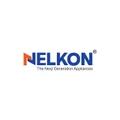
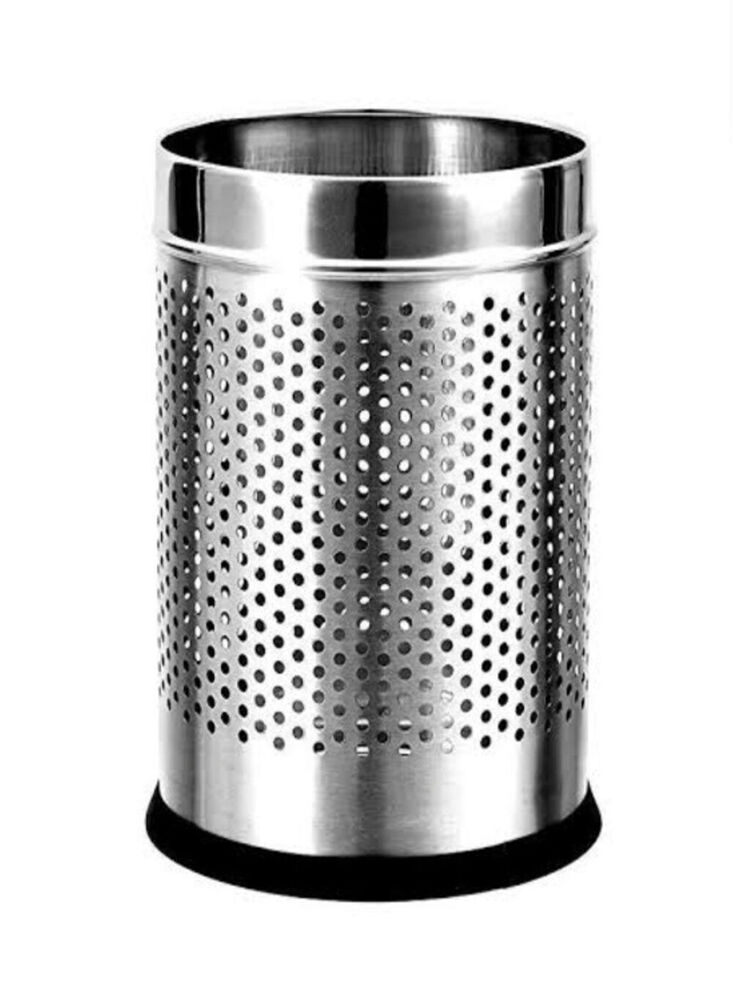
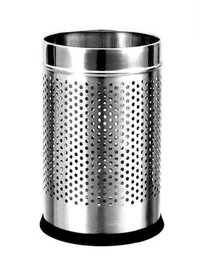
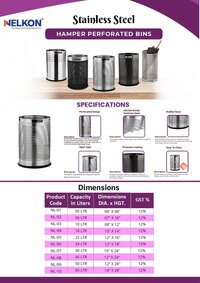
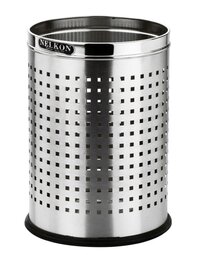
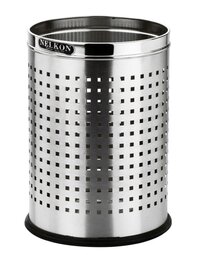





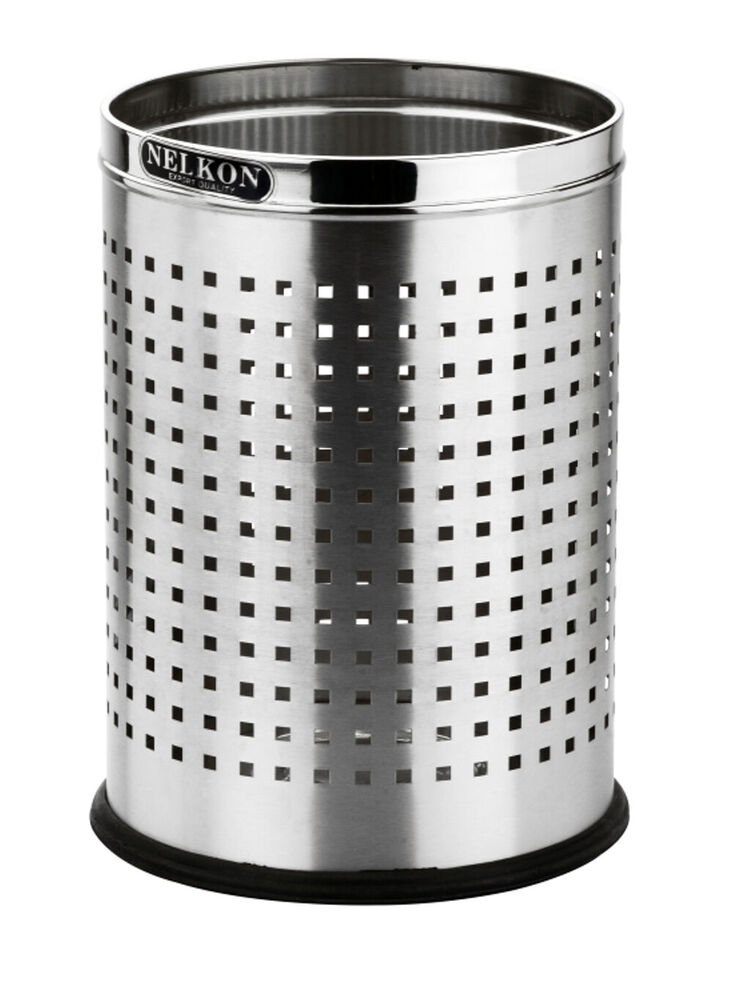
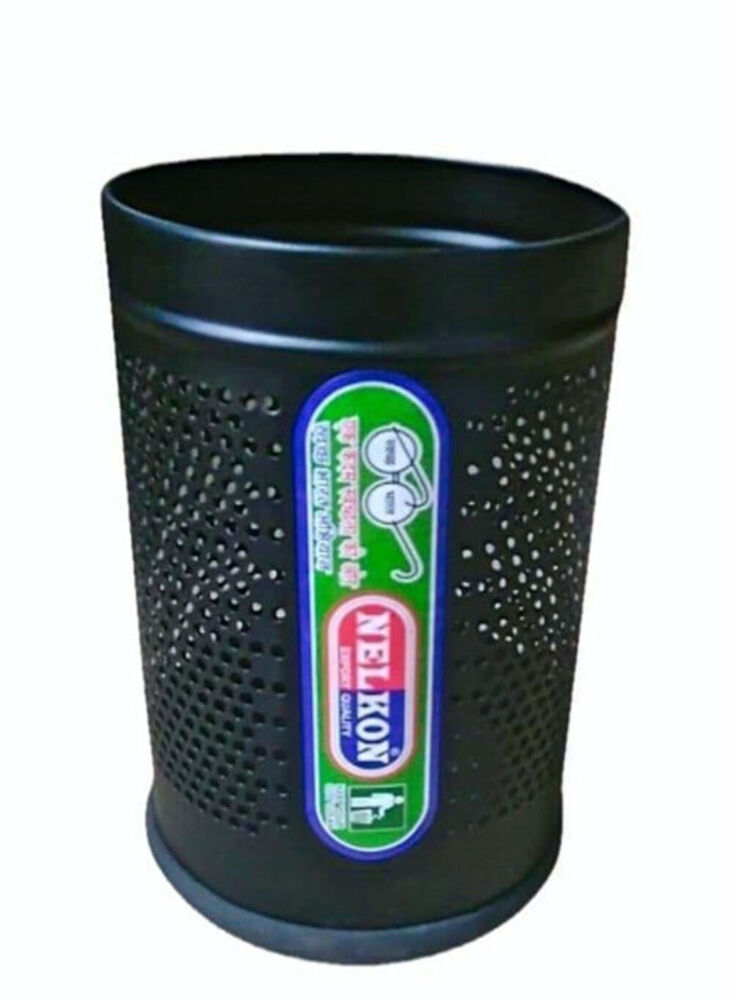
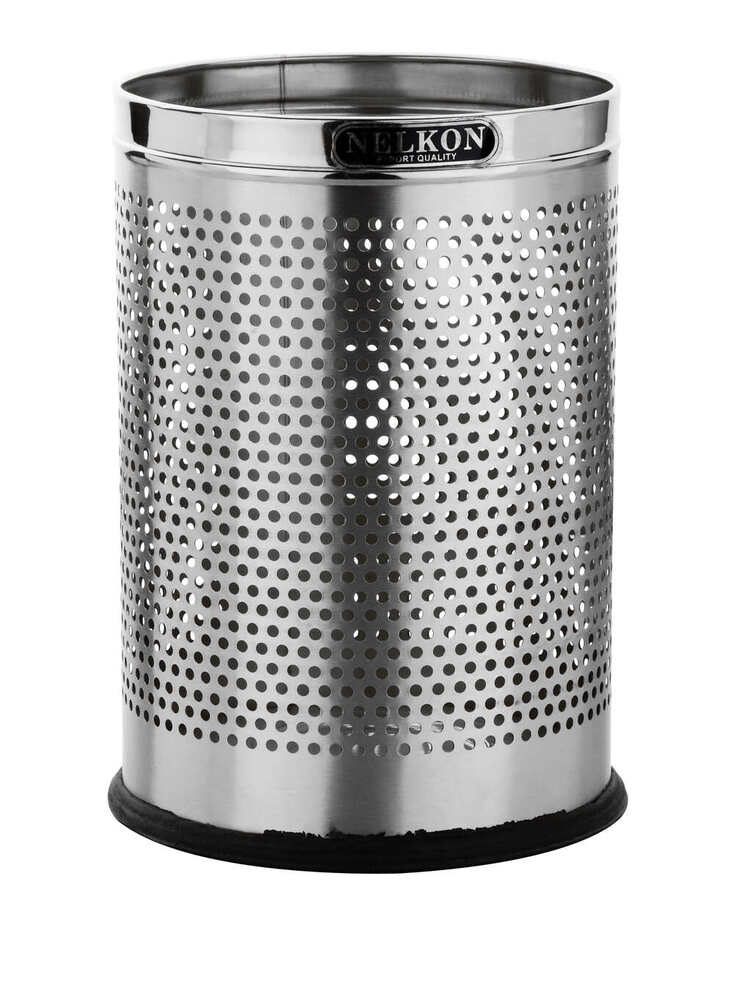
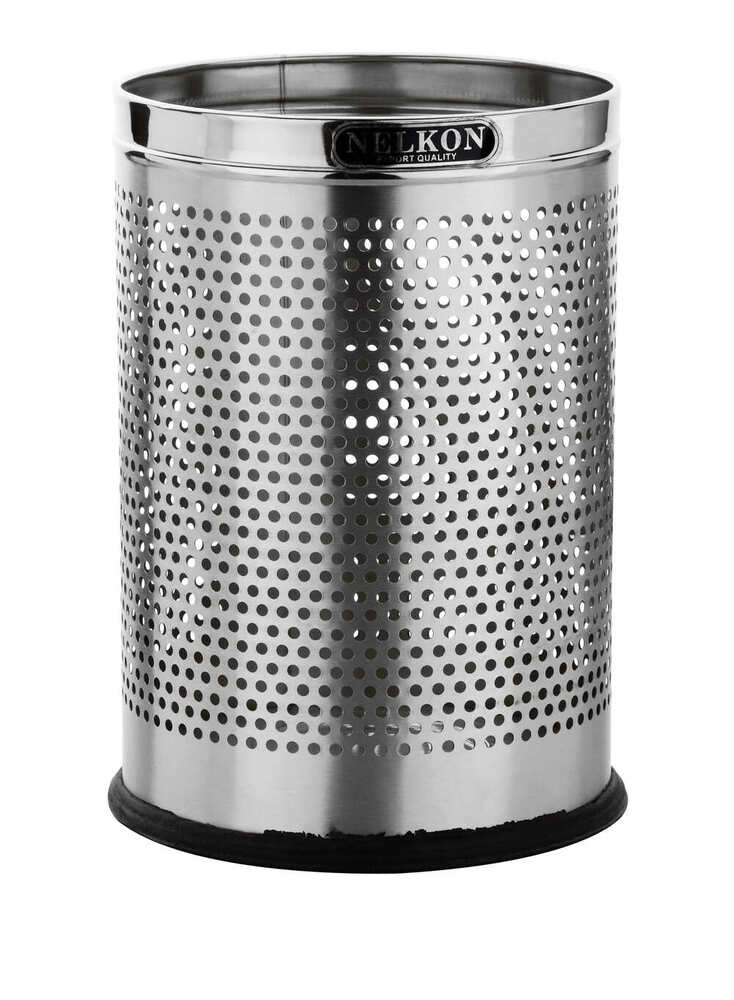


 Send Inquiry
Send Inquiry Call Me Free
Call Me Free English
English Spanish
Spanish French
French German
German Italian
Italian Chinese (Simplified)
Chinese (Simplified) Japanese
Japanese Korean
Korean Arabic
Arabic Portuguese
Portuguese